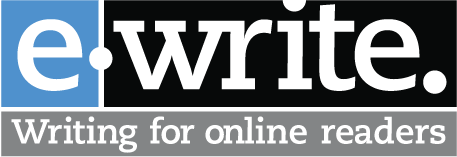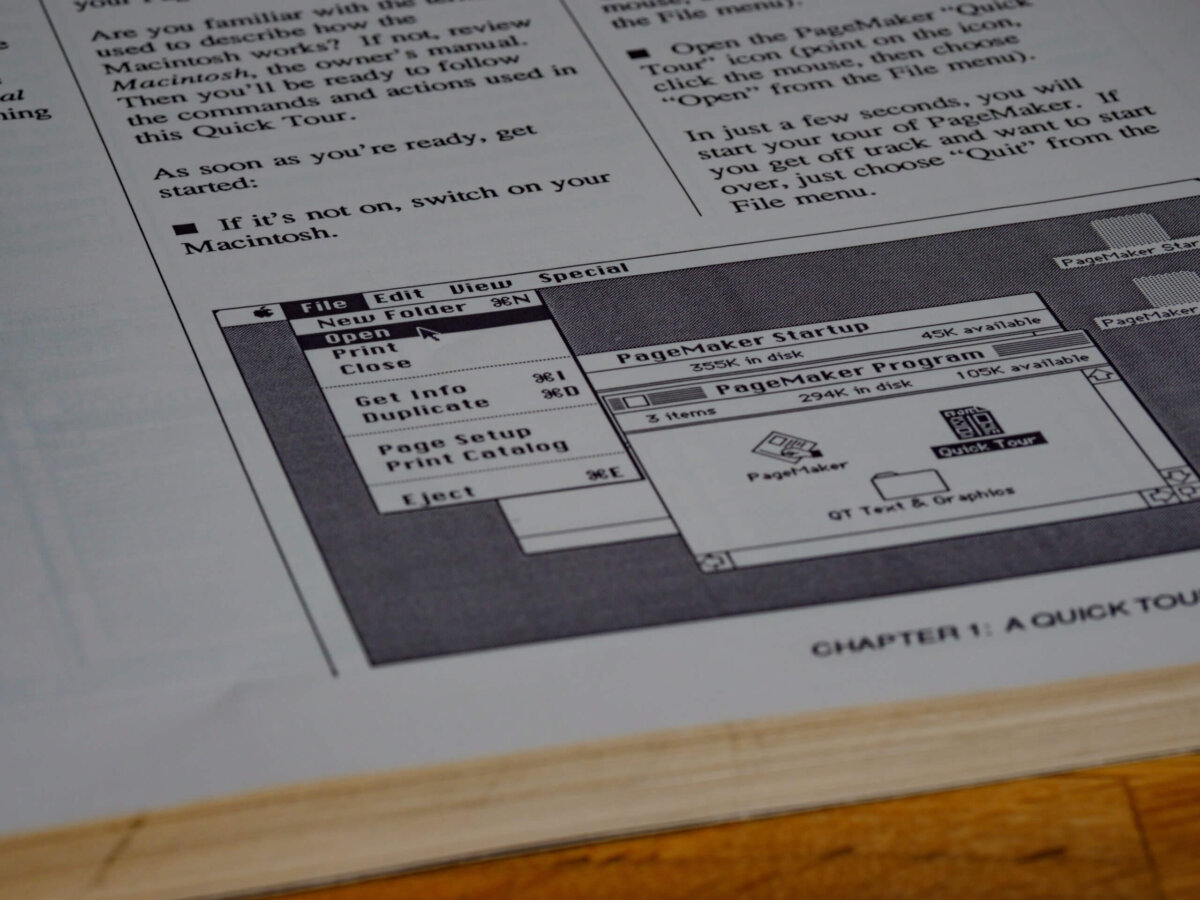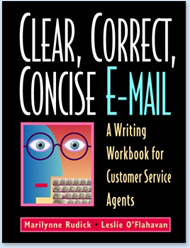 I’d like you to meet Courtney Reyers, Director of Publishing at the National Alliance on Mental Illness (NAMI). Courtney has just led NAMI through the two-year process of re-thinking, re-architecting, re-writing, and re-launching the NAMI.org website. (During that time, I provided NAMI with web writing training, web writing coaching, and content writing services.) NAMI’s old site had grown weedy, out of date, and confusing. NAMI’s new site looks gorgeous and meets users’ needs. Just take a look at a before-and-after page comparison.
I’d like you to meet Courtney Reyers, Director of Publishing at the National Alliance on Mental Illness (NAMI). Courtney has just led NAMI through the two-year process of re-thinking, re-architecting, re-writing, and re-launching the NAMI.org website. (During that time, I provided NAMI with web writing training, web writing coaching, and content writing services.) NAMI’s old site had grown weedy, out of date, and confusing. NAMI’s new site looks gorgeous and meets users’ needs. Just take a look at a before-and-after page comparison.
But this interview doesn’t focus on NAMI’s new site. It focuses instead on two essential documents Courtney created to help ensure content quality: The NAMI Editorial Style Guide and the NAMI Web Governance Handbook. Courtney has generously agreed to share these documents and to explain how she’ll use them to ensure NAMI’s content owners will provide meaningful, usable information for NAMI’s community. If you’re planning to create a style guide or web governance document (or process) for your organization, read Courtney’s advice. She’s got a lot of great experience to share.
Can you give any specific examples that made you realize that NAMI needed a Style Guide or a Web governance document?
When I started working at NAMI almost six years ago, the web content tone and voice was all over the place. So, one of the first things I did back then was create a style guide based on AP style. You and I both know that simply having a style guide doesn’t mean everyone is going to follow it. The change management piece is always the hardest.
The lawyers I worked with (at the American Bankruptcy Institute) before coming to NAMI were easy to train to use a style guide, but a group of mental health experts who are more interested in advocacy or diversity is proving a little harder because they all have different audiences they’re speaking to. So, what I did for the updated 2015 version of the Style Guide is freshened it to line up with the web writing training we did with you. The Style Guide had to match the way we changed our tone and voice for our Web redesign. To our users, we want to be an accessible and friendly guide on mental health topics, and I thought the Editorial Style Guide should be written in the same way: a little more casual, using contractions and things like that.
And the Web Governance Handbook?
Well, it was clear our old site needed governance. I mean, it had 10 menu items at the top level and a left rail with another 10 items. It had 20 banner ads. It was bananas. There were 40 starting points! It was the classic case of people coming up and saying “I need this on the home page” and getting their way. So, without governance, the site had become bloated. People on staff were going to the executive director and end-running around the Web team or just putting so much pressure on the Web team who just got tired of saying no. There was no rule book that could give the Web team authority to say to staff, “What you’re asking for will make our content less effective,” or “This will confuse the users.” So the Governance Handbook institutes a process. Now I can tell people, “The web site isn’t a bulletin board. You don’t just get to throw an article up without thinking about who is going to read it.” The Governance Handbook institutes a kind of strategic thinking. It helps staff understand how our site works as a communications tool.
On a side topic, I have a pretty funny web governance example to share. As you know, we’ve spent about 18 months on this web redesign, working with you and Dina Lewis of Distilled Logic, strategizing on UX and IA. Recently, our former COO emailed me a screenshot of the site NAMI launched in 2001, and it had the exact same overall structure as the one we launched in 2015: Learn, Find Support, Get Involved! I just laughed out loud. So this 2001 screen shot is going to be perfect any time I need to talk about Web governance with the staff. I can use it to show what happens without governance; you go from streamlined to bloated. Now, we’ve ended up with the simple easy structure the site had 15 years ago.
Did you get any pushback on either the Governance Handbook or the governance process?
Not pushback, so much. I created a first version of the Handbook that had an access revocation policy and all these other scary sounding things that were very off-putting and no one would have read. That version went through about 4 revisions and grew to 40 pages and, I mean, even I hated it. It was technical and heavy-handed. It just culturally didn’t fit, so I had to kind of loosen the reigns and check myself.
Actually, I don’t want the Governance Handbook to come off as a Bible because really I’m treating 2015 like a sandbox year. We’ve got this Governance Handbook and we’re going test it out. Already things in it need to be changed, such as the content request form, which needs space for a full list of assets, including video, etc. There are things I already know I need to tweak. I expected that because this is the first time I’ve created a governance document, and it’s the first time NAMI’s had one, so it’s going to be a learning process. I’m hoping that by the third quarter of the year, our workflow will be zipping along, and we’ll know that the Governance Handbook reflects our needs. It should keep the principles and the structure of the Web site held high, so they don’t get compromised.
What advice would you give to a person in your role who wants to produce a Style Guide or Governance Handbook?
First, I would say trust your instincts. You are where you are in your career because you are passionate about what you do. Next, understand your organization’s culture. You’ll have to win people over. You’ve got to engage with your staff both on the Style Guide and the Web Governance Handbook. It’s been a beautiful thing to see the light bulbs go off, staff person by staff person, but I have to take the time to meet with them and talk about their content and their sections of the site. Every time we meet, I’m pitching the Style Guide and pitching the Governance Handbook and process.
Can you think of an example where the light bulb went off?
Yes, a particular one happened early on when we were doing our content audit, which we called a “clean sweep” on our old site. You’ve got to remember, our old Web site had 11,000 content records, and the new site has not even 300. So at the beginning of the clean sweep I was just asking people to categorize and tag things as keep, kill, or archive. Basically, is it up to date? Is it correct? Is it ours?
Well, we have this one team, the Child and Adolescent Action Center (CAAC), and during the clean sweep I was telling them about the personas we had developed to shape the redesign and how we were going to move from a topic-centered or department-focused site to a user-focused site. As I started to explain that to them, they quickly got it. At the old site, they had their CAAC landing page filled up with anything that was related to youth. When I explained that one of our personas is a parent or a caregiver, CAAC said, “NAMI’s Education Department does a program for parents that focuses on children and adolescents. That info’s not on our page. When we move to the new site and we have a parent section for CAAC, shouldn’t they see that Education program as well as our stuff?” And I almost crumpled to my knees in joy. I know it seems so small, but at NAMI everything had been so siloed and these two departments tended to work independently from each other, at times even competing over content that served the same audience. When they said that, I though, “OK, I can do this.” It was sort of like the heavens opened and a ray of light came down. If this web redesign can enable these people who for 10 years have been almost working in a vacuum to come together to serve our users, that’s a beautiful thing.
That’s a great example. When content owners focus on the user, they stop thinking “our departments vs. that other department.”
Right, and that helps CAAC; it gives them a little bit of existence outside themselves. In non-profits, people are passionate; they have different agendas and goals. CAAC’s light bulb was one of the first signs I got that we could really unify and think outside of our silos and make the experience for the user, the visitor, the best it could possibly be, and just put all that other department stuff aside.
What advice can you give about who should review the draft Style Guide and Web Governance Handbook and how to introduce these documents to the staff?
That depends upon your culture. At NAMI, we tend to do everything by committee, which can be frustrating, but you do get a little more buy-in. So I wrote the Style Guide and Governance Handbook. Our COO and CIO had to review it, as well as our National Director of Communications.
I also ran the Style Guide and Governance Handbook past a group of people who acclimated really early to the content strategy. I call these people my Web warriors. My executive director said she wanted staff to give me input on the draft Style Guide and Governance Handbook, so I took it to those six people. They already had a good idea of where the site was going, so I wanted their feedback. I needed to know they could understand and use the Style Guide and Governance Handbook. After she was sure the staff was on board, I gave the Style Guide and Governance Handbook to my executive director. She felt confident and said, “Let’s roll it out.”
*** *** ***
I want to thank Courtney for sharing her Style Guide and Governance Handbook, for letting me interview her, and for inviting E-WRITE to be part of NAMI’s efforts to publish excellent content for its community. In closing, here’s a quote from NAMI’s Web Governance Handbook, which supports the truth that content is everyone’s responsibility:
As of Q4 2014, nami.org gets nearly 1 million unique visits a month. Our homepage gets almost 240K visitors a month. We have more than 20K Twitter followers, 240 Instagram followers and 160K likes on Facebook. That’s a big community! NAMI’s website belongs to all of us. Although quarterbacked by Communications and Information Technology, all staff members are responsible for NAMI’s web content and the site is representative of everybody’s work.
Tags: Style guides, Web governance, Web Writing






How impressive. The guide reflects creative thinking and an effort to reach out to all departments with the structure..It is obvious that Courtney has a thorough understanding of the department’s role in mental health. Kudos for a job well done!
Thanks for the thumbs-up, Louise! I agree; Courtney knows how to support her colleagues in writing useful mental health content.